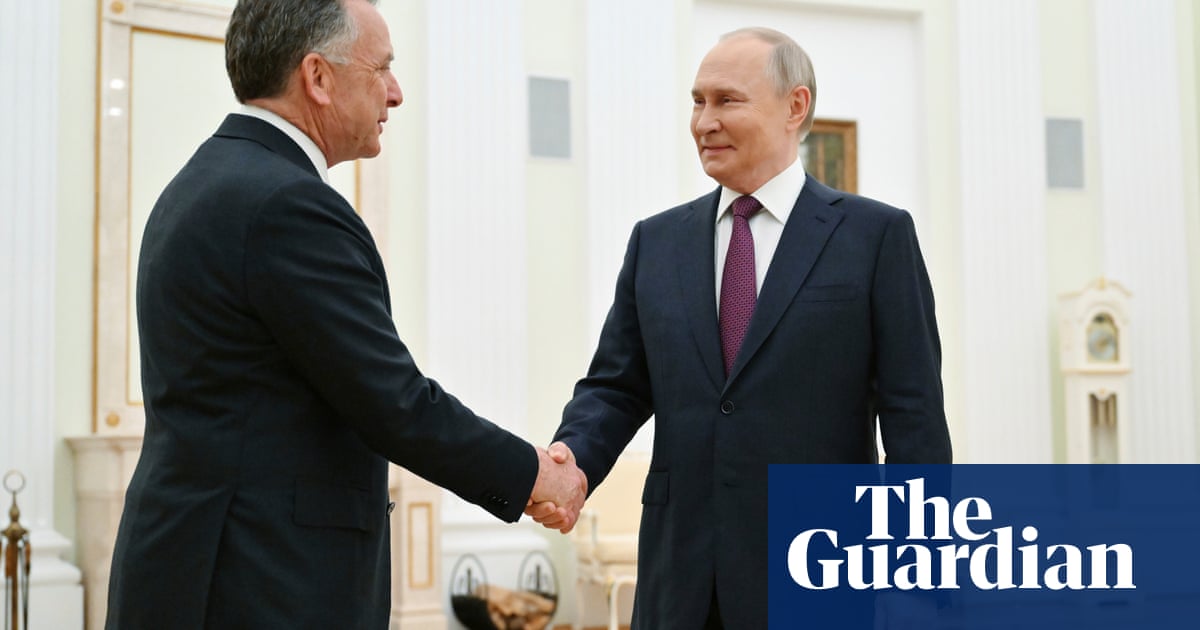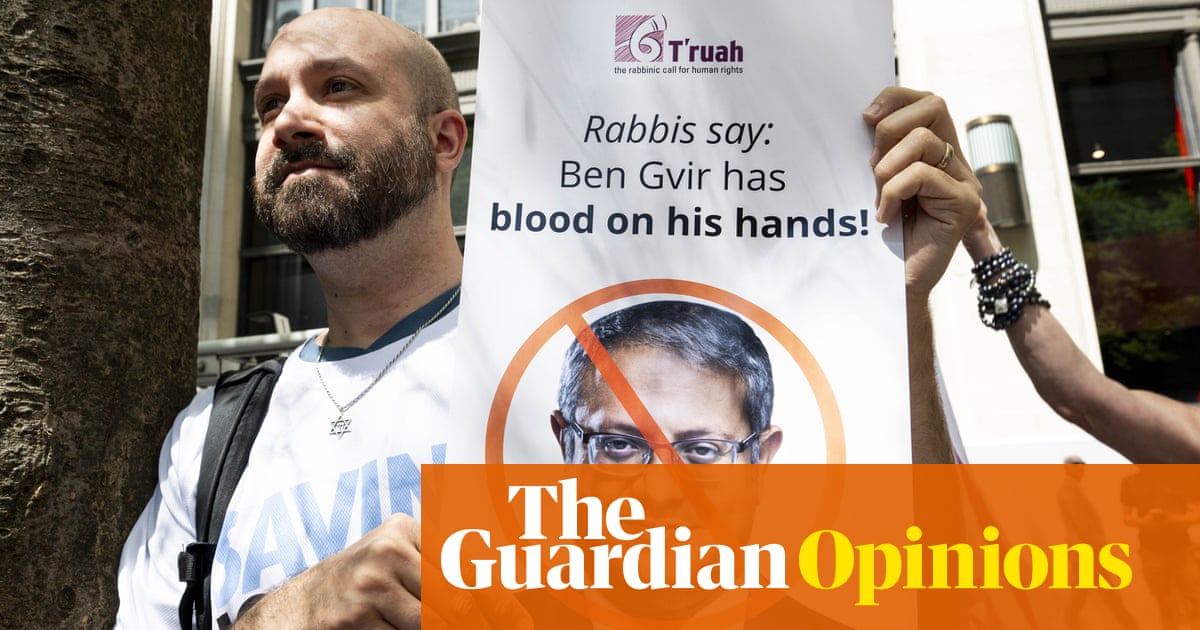The Napalm Girl Standard: A Litmus Test for Free Speech in the Social Media Era

The Napalm Girl Standard
By: Som-Mai Nguyen
Date: Apr. 24, 2025
Illustrations: Nguyen Tran
In the ever-evolving landscape of media and communication, few images have made as significant an impact as the iconic photograph known as the Napalm Girl. Captured in stark black and white, this haunting image depicts several Vietnamese children fleeing in terror down a dirt road, surrounded by soldiers. The viewer's attention is immediately drawn to the center of the photograph, where a naked, terrified 9-year-old girl, Kim Phc Phan Th, can be seen crying out in agony, her body blistered and burned by napalm. Officially titled The Terror of War, this powerful photograph, taken in June 1972, has come to symbolize the horrors of the Vietnam War.
The context surrounding this photograph is crucial for understanding its significance. The children in the image were fleeing from a napalm attack conducted by South Vietnamese forces, who were allied with the United States. Utilizing American-made planes, the South Vietnamese aimed to flush out North Vietnamese troops, a strategy that often resulted in tragic consequences for innocent civilians. This particular photograph earned Hunh Cng Nick t a Pulitzer Prize and was captured just an hour's drive from what is now Ho Chi Minh City, in Trng Bng.
The emotional weight of the Napalm Girl photograph is often credited with swaying public opinion in the United States against the war, contributing to the eventual military withdrawal and the signing of the Paris Peace Accords in January 1973. While it is true that the photograph played a powerful role in shaping perceptions of the conflict, it is important to note that American attitudes toward the war had already been shifting significantly prior to its release. A Gallup poll conducted in June 1971 revealed that 61 percent of Americans felt it was a mistake to send troops to Vietnam, a stark contrast to the 24 percent who held this view just six years earlier in 1965.
The Vietnam War marked a pivotal moment in media history, as advancements in television broadcasting and photojournalism made the harsh realities of war more visible to the American public than ever before. This visibility sparked a wave of antiwar sentiment that transcended demographics and was embraced by a diverse array of figures, from scholars to rock stars and Hollywood icons. Consequently, this era laid the foundation for significant legal developments in the realm of free speech, particularly surrounding cases like the Pentagon Papers, where the Nixon administration attempted to suppress press reporting that depicted the brutal realities of war.
Fast-forwarding to the present, the struggle over free speech continues to be relevant, as the current administration has initiated measures to expand surveillance on dissenters, particularly targeting noncitizens who express opposition on social media platforms. In todays digital age, discussions surrounding free speech often unfold within the complex frameworks of internet platforms that employ intricate content moderation policies. This intersection between historical imagery and contemporary discussion around free speech is particularly exemplified by the Napalm Girl photograph.
Kim Phc Phan Th, the girl at the heart of the photograph, later defected to Canada. In a poignant op-ed published in 2022 in The New York Times, she reflected on the 50-year impact of the photograph, which she describes as reducing her to a mere symbol of the horrors of war. Phc has expressed a tumultuous relationship with the image, grappling with feelings of vulnerability and a lack of agency, as the photograph was captured and shared without her consent. While she has shown gratitude to t for providing her with medical assistance, she has also voiced a deep sense of violation regarding the depiction of her suffering.
The nuances surrounding the Napalm Girl photograph are complex, especially considering the legal implications surrounding the portrayal of child nudity. The image has stirred discussions around child pornography laws, which are notably rigid and have been reinforced by Congressional legislation aimed at prohibiting any depiction of sexually explicit images involving minors. Despite this strict regulation, the historical significance of the Napalm Girl photo presents a paradox; it is a historically profound image that nonetheless exists within a legally contentious space.
The conversation surrounding nonconsensual intimate images, often termed revenge porn, has also emerged as a contemporary parallel to the discourse surrounding the Napalm Girl photograph. Victims of both categories of images endure profound emotional harm and societal stigma, which is reminiscent of Phcs struggles with anxiety and public scrutiny stemming from her photograph.
As society grapples with the implications of nonconsensual imagery, the Napalm Girl photograph remains a pivotal point of reference. Legislative efforts to address nonconsensual intimate images have been met with challenges, as demonstrated when the ACLU successfully argued against statutes that could inadvertently criminalize the sharing of historically significant photos like the Napalm Girl image. Similarly, social media platforms such as Facebook have faced backlash for their handling of iconic images. In 2016, a journalist's post featuring the photograph was removed by Facebook, citing violations of their community standards, prompting widespread outrage that forced the platform to reconsider its content moderation policies.
Despite Facebook's attempt to walk back its decision, the incident underscores the ongoing struggle to balance the protection of individuals against privacy violations with the recognition of historical and journalistic significance. Metas introduction of a newsworthiness allowance is a reflection of this tension, allowing certain historical images to remain visible despite their content potentially breaching community guidelines.
However, the question remains: how do we determine the significance of an image? The Napalm Girl photograph's historical importance cannot be overstated, yet it also poses a challenge to contemporary standards that govern child nudity. This conundrum raises broader questions about how society defines and regulates speech in the context of evolving media landscapes. As we continue to confront these issues, the Napalm Girl photograph serves as a haunting reminder of the complexities inherent in discussions of free speech, media representation, and the enduring legacy of the Vietnam War.



























